What is the best age to introduce solid foods? According to the NHS, babies should start solid foods at 6 months old. For most parents or guardians, getting your toddler off breast milk and introducing solids can be pretty challenging.
Since the release of the book Baby-Led Weaning in 2005 by Gill Rapley, many people have now turned to this method instead of the more traditional spoonfeeding style, allowing their toddlers to take the reins and feed themselves right from the get-go. However, some maintain that spoonfeeding is still a much better choice.
While we cannot directly tell you which style is best for starting solid foods, we have provided a brief guideline showing all the positives of each method so you can make a well-informed decision.
What is Baby-Led Weaning?
Baby-led weaning is an alternative approach to introducing solids to infants. This feeding style allows toddlers to feed themselves finger foods. Parents using baby-led weaning skip right past the phase of spoonfeeding mashed foods and allow the child to start eating all by themselves.
At six months old, children are developed enough to perform the basic movements that can enable them to self-feed properly. For example, the United Nations International Children’s Educational Fund (UNICEF) states that an average six-month-old toddler can sit up unassisted and grasp small items. This means that their parents can practice baby-led weaning by serving them chopped pieces of foods like carrots, potatoes, broccoli, or peas.
Benefits of Baby-Led Weaning
Starting solids with baby-led weaning has many positives for both parents and babies alike. Here are a few of them.
Very Easy Approach
One of the biggest pros of baby-led weaning is that it takes away a lot of the stress of feeding a toddler. Parents no longer have to worry about mashing meals or preparing separate foods for infants. With this method, children can enjoy the same dinner with the rest of the family served in smaller cut-up bits. Parents can let the child decide how much he wants to eat rather than develop a headache over what to give the child and how to get him to eat it. Baby-led weaning provides an alternative for parents strapped for time or getting extremely stressed out and anxious due to traditional feeding.
Promotes Healthier Eating and proper Weight Development
The fact is, it can be challenging to figure out if a child has had enough to eat. In many cases, most parents still find a way to force down a few more spoon-fulls of puree even when the child is satisfied. Practices like this can cause your toddler to gain weight and also lead to unhealthy eating habits as they grow up. Research has shown that parents that don’t practice baby-led weaning are more likely to have overweight children.
Baby-led weaning allows your child to control how much they consume and hence promotes weight development. They stop their meals as soon as they feel full. It also helps them understand their appetites, and this knowledge does prove very useful as they age.
Reduces selective eating
Research has shown that a child’s first solid foods play a vital role in their subsequent eating habits. Babies who engage in baby-led weaning have a higher chance of being less selective eaters. Usually, this is because toddlers weaned using this approach are exposed to a wider variety of food choices early on, encouraging them to be more open to trying diverse kinds of food. However, children fed with the more traditional weaning method tend to be more finicky when it comes to what they eat.
Traditional Spoonfeeding
Traditional spoonfeeding requires introducing solids by giving them mashed foods or purees and gradually increasing the texture of the foods at a consistent pace. For example, a common practice is for the baby’s first solids to be softer foods like mashed fruits and vegetables before switching to tougher meals like toast.
Unlike baby-led weaning, this method confers a greater responsibility on parents to determine what and how much the child eats.
Benefits of Traditional Spoonfeeding
Traditional feeding has been practiced by many for a very long time. Some of its well-known advantages are listed below.
Guarantees a more balanced nutrient intake
In some cases, letting babies decide what they eat could prove harmful. This is because they may not get adequate amounts of specific micronutrients such as iron required for their growth and development. Traditional spoonfeeding reduces this risk by allowing parents to monitor the entire feeding process and ensure that their children eat the right amounts of all the vitamins they need.
More tidy
Compared with baby-led weaning, traditional spoonfeeding is easily the much neater option. An infant starting solids is less likely to get mashed potatoes or bananas spilled on the carpet or on their clothes when a parent is spoonfeeding them than when attempting to grab food themselves and steer it towards their mouths.
Helps you keep track of how much they have eaten
Traditional spoonfeeding helps make it much easier to observe how much your child is actually eating. Although baby-led weaning allows the children to stop when they are full, determining if your toddler has eaten enough food can be an uphill task. Traditional spoonfeeding lets you know when your child is eating less than usual so you can find out the reason for this behavior.
Baby-Led Weaning vs. Traditional Spoonfeeding: Which is Better?
As we have clearly shown, both methods have their benefits and, depending on your preferences, can be effective in raising a healthy and robust child. For adopters of the traditional spoonfeeding style, however, you must use the right tools that make your job easier and more fun at the same time.
This is why we created Feedi – the essential 5 piece baby feeding set, which includes an adjustable silicone bib with catch pocket, multi-segment silicone suction plate, suction bowl with spill guard, and a fun, gum friendly silicone utensil set.
The all-silicone Feedi™ dining set is a convenient, all-in-one feeding solution for kids aged 6 months and up. The silicone bib is adjustable from 6 months up to 4 years, and the amply sized plate and bowl are designed with a strong suction base to prevent spills throughout childhood. With Feedi - introducing solids to infants becomes easy, and cleaning up after becomes even easier with this product. You can visit our online baby products shop to purchase this one-of-a-kind dining set today.
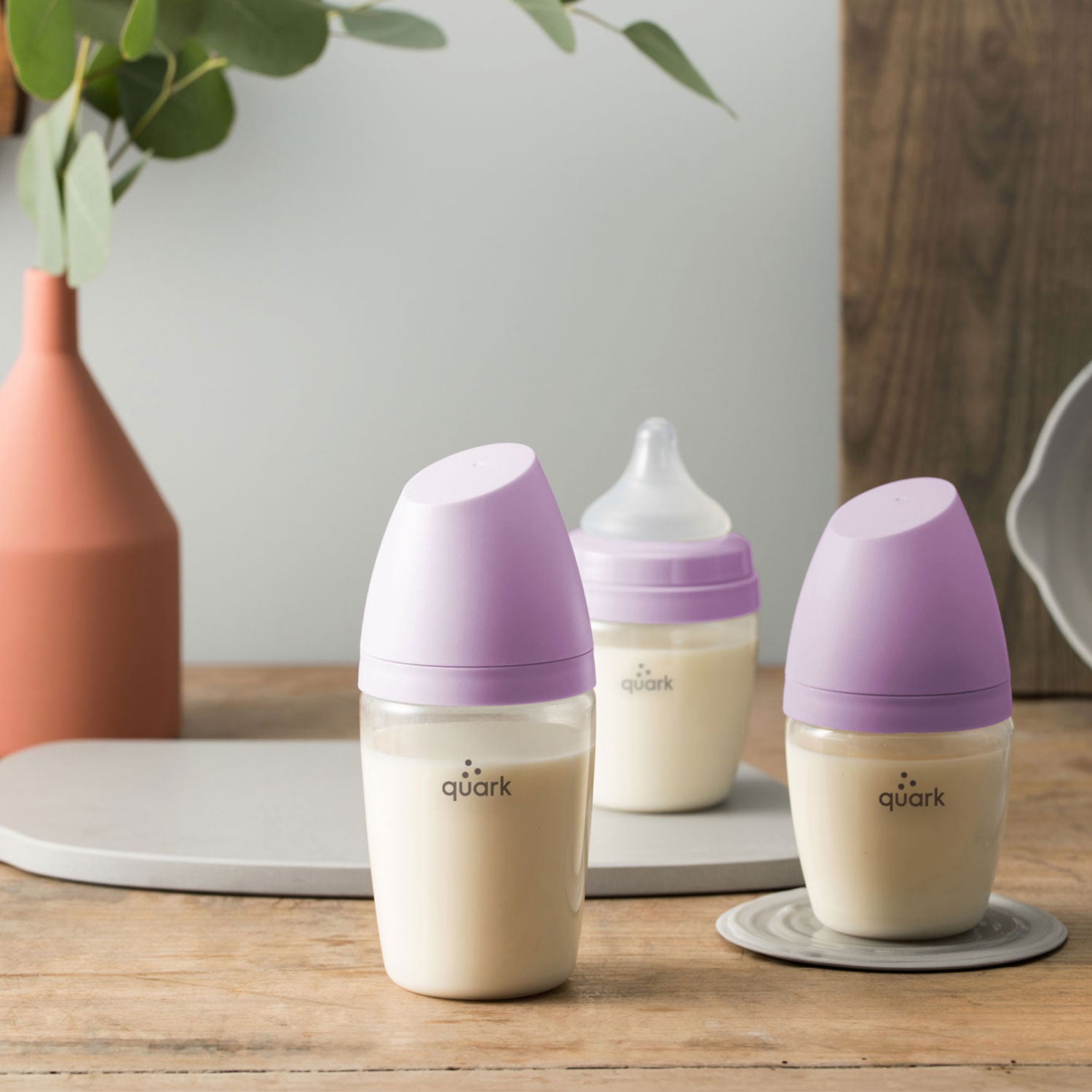



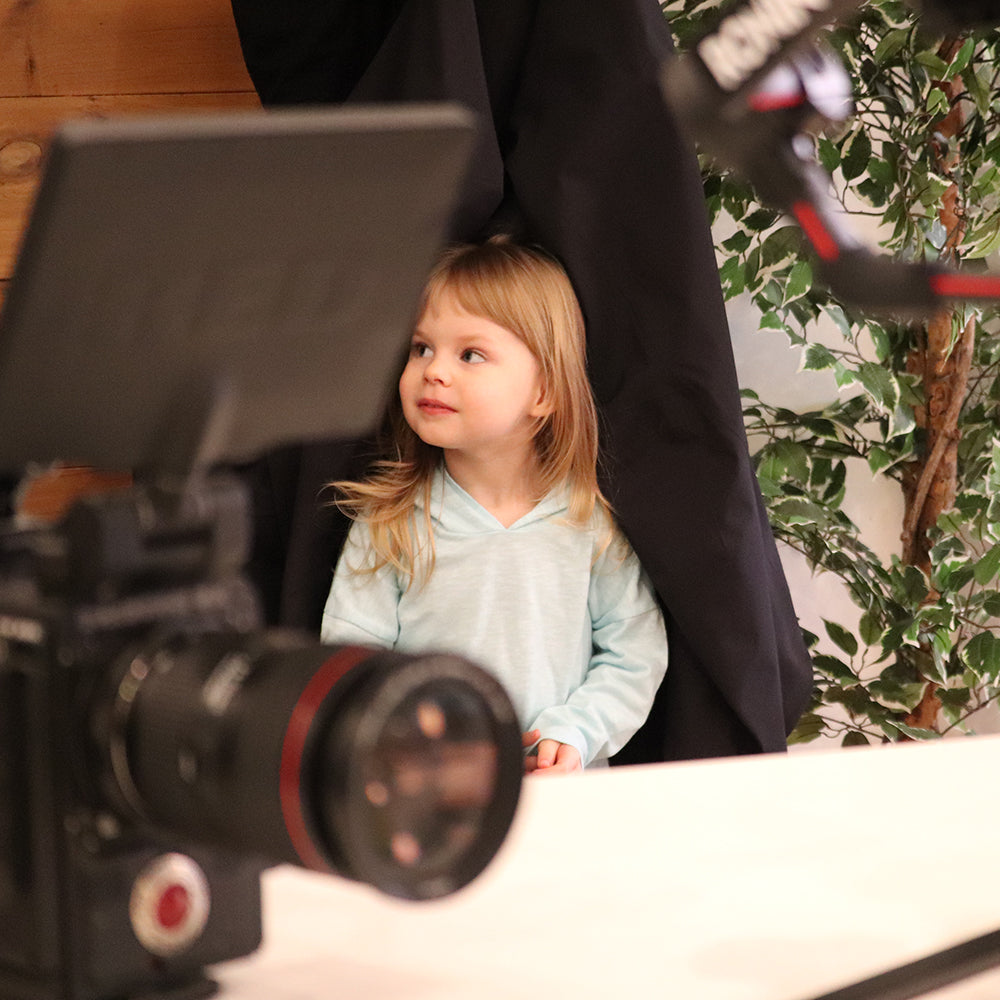
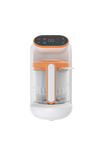
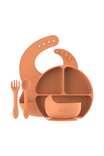
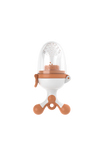
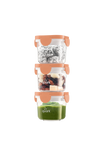
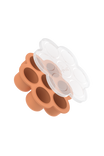

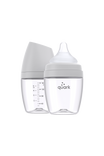
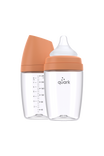

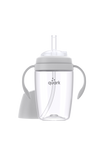
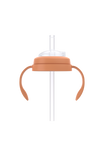
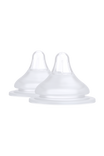

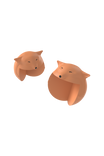
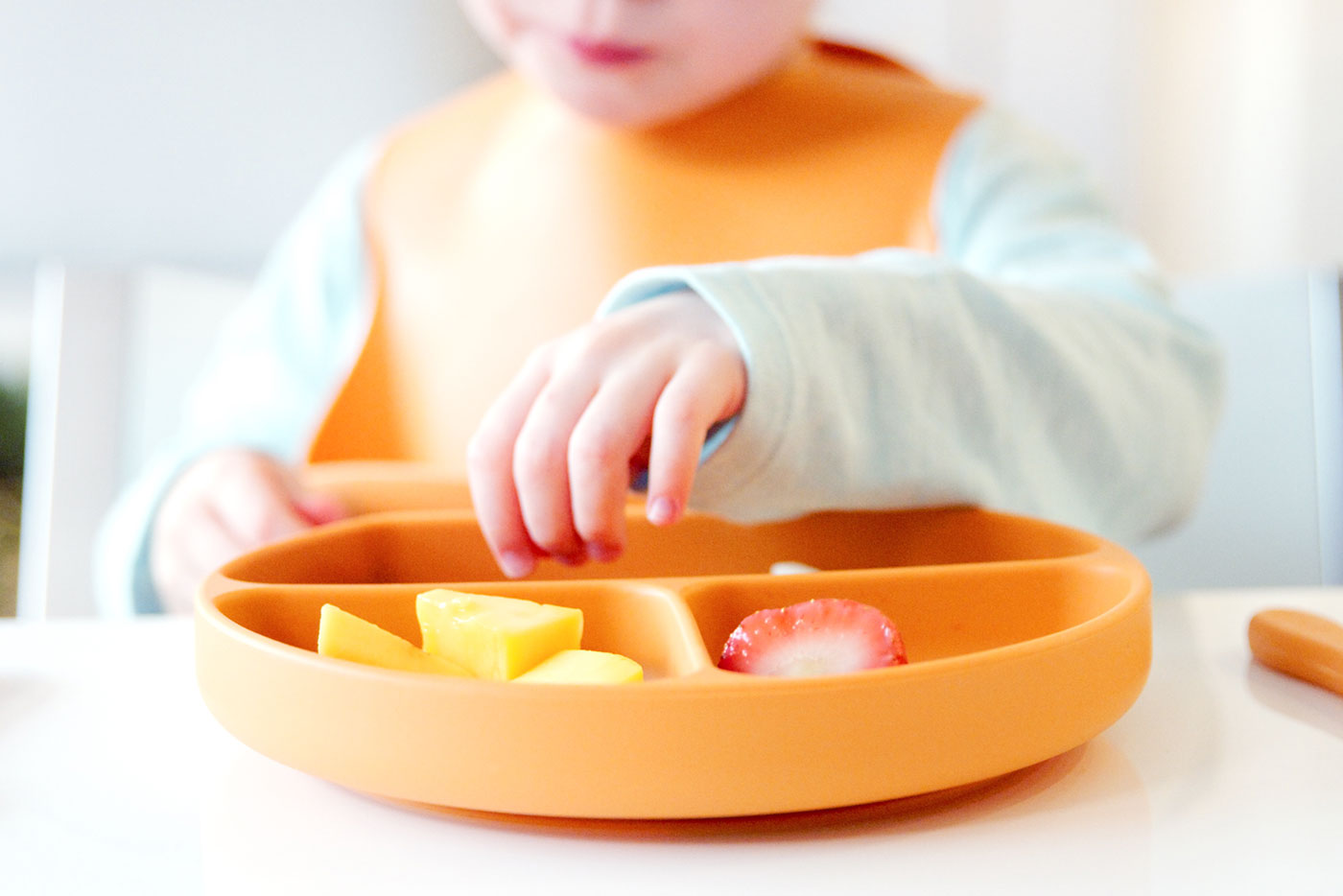


Laisser un commentaire
Tous les commentaires sont modérés avant d'être publiés.
Ce site est protégé par hCaptcha, et la Politique de confidentialité et les Conditions de service de hCaptcha s’appliquent.